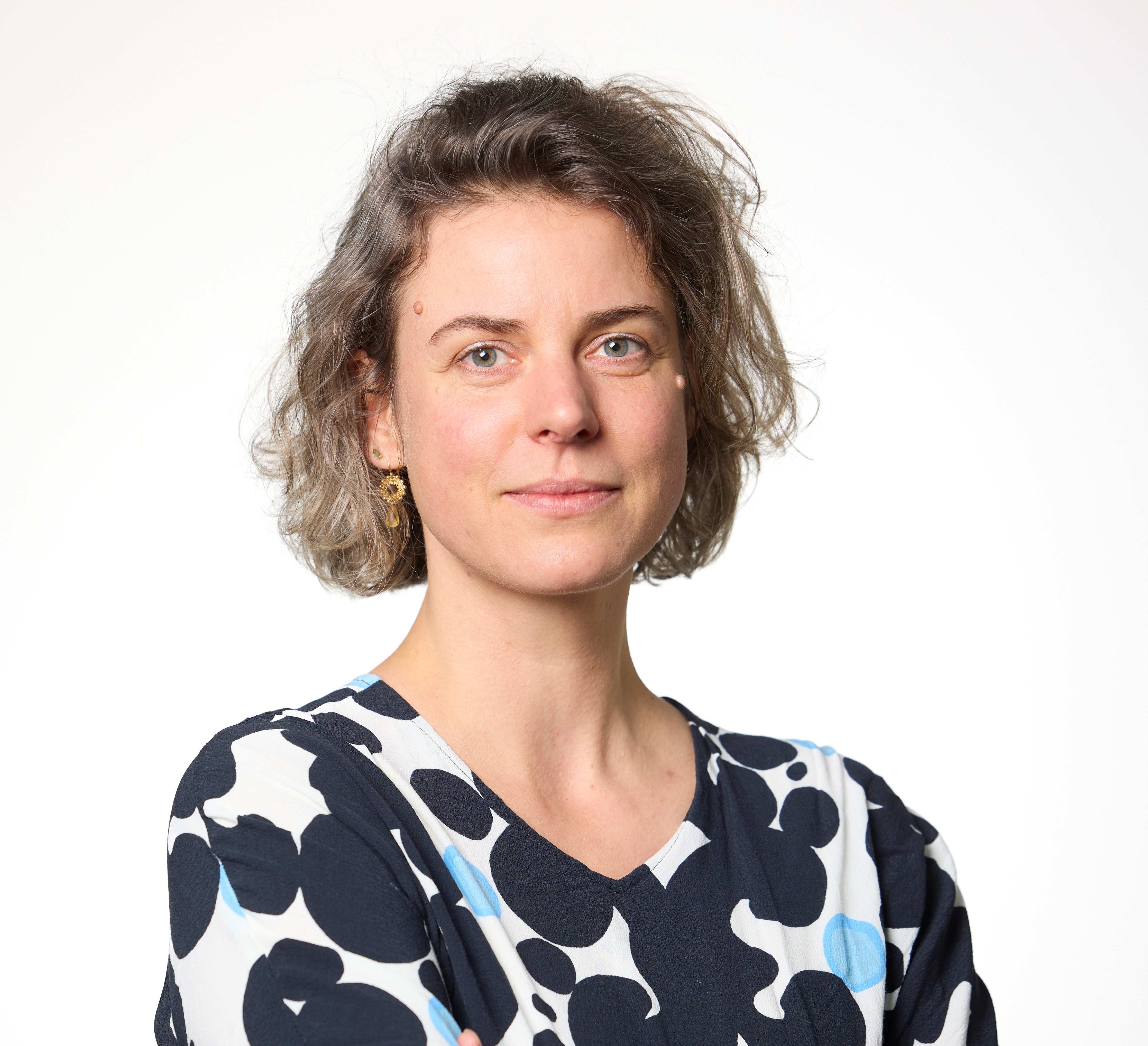Navigating ISO/TC 268 (ISO 37101 Management system for sustainable development), IEC SyC for Smart Cities (IEC/AWI 63205 Smart Cities Reference Architecture) and the upcoming work in CEN/TC 465 .
The green digital transition is an opportunity for communities to achieve environmental sustainability, address climate change, and meet the UN Sustainable Development Goals. The transition leverages digital technology to enhance energy efficiency, foster circular economy, reduce emissions, and boost resilience.
The green digital transformation relies on integrating processes, interfaces, data, and technology to improve city life and resilience. This includes collecting and analysing real-time data to understand a territory better and improve community welfare. Standards facilitate harmonious interactions and enable unrestricted information flow across city systems.
However, this digital integration poses challenges, such as privacy, data security, social equity, and resource management. These require careful planning, stakeholder engagement, and sound policies. The ISO 37101 standard supports sustainable development by enhancing municipalities' resilience and smartness, aiding transparent, effective transformations by introducing the necessary stakeholder engagement as well.
Meanwhile, the International Electrotechnical Commission's (IEC) SyC for Smart Cities addresses complex urban systems. SRD 63188:2022 provides a methodology for creating the Smart Cities Reference Architecture (SCRA), a versatile city systems architecture template. The SCRAM outlines desirable Smart Cities traits, SCRA perspectives, and model types, encouraging uniformity across architectures. Linking ISO 37101 with SRD 63188:2022 and SCRA can drive green and digital transformation.
With this fellowship, I address the following gaps that ISO/TC 268 and IEC work tackles:
- Addressing sustainable development in ICT standards: Sustainable development is agreed on highest levels as the underlying objective of our work in standardisation. However, the links and connections are yet to be more widely established. The work undertaken in this project aims at bridging this gap by blending the ISO 37101 and the SCRAM to create a vital contribution to the green and digital transformation of cities and communities.
- Good governance – The new European standardization strategy underlines the need for wider stakeholder engagement. Standards often become challenging to understand because stakeholders are not engaged early in the process. Including relevant partners at the initial stages can help clarify standards, identify potential synergies, and ensure a more comprehensive understanding. Including city representatives into standardisation is often challenging due to the high workload in daily operations.
- European leadership in global standards - through the High-Level Forum, the Commission will set up a new mechanism with EU countries and national standardisation bodies to share information, coordinate and strengthen the European approach to international standardisation.
- Support innovation will require easier access and navigation of complex Standards: Transforming societal needs into innovation through standards cities can play an important role as they are the location where innovation, technology and societal needs meet. However, cities and communities find it challenging to navigate the multitude of overlapping standards in smart cities. The parallelism of the workstream and the overlaps in topics are adding to the complexity hindering effective integration, application and implementation.
By identifying and addressing these gaps, the process of standardization for smart, sustainable cities can become more efficient, inclusive, and effective.

Please login to post comments